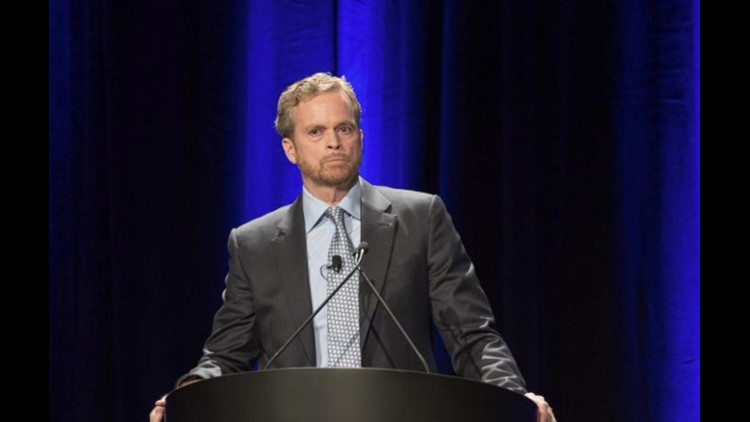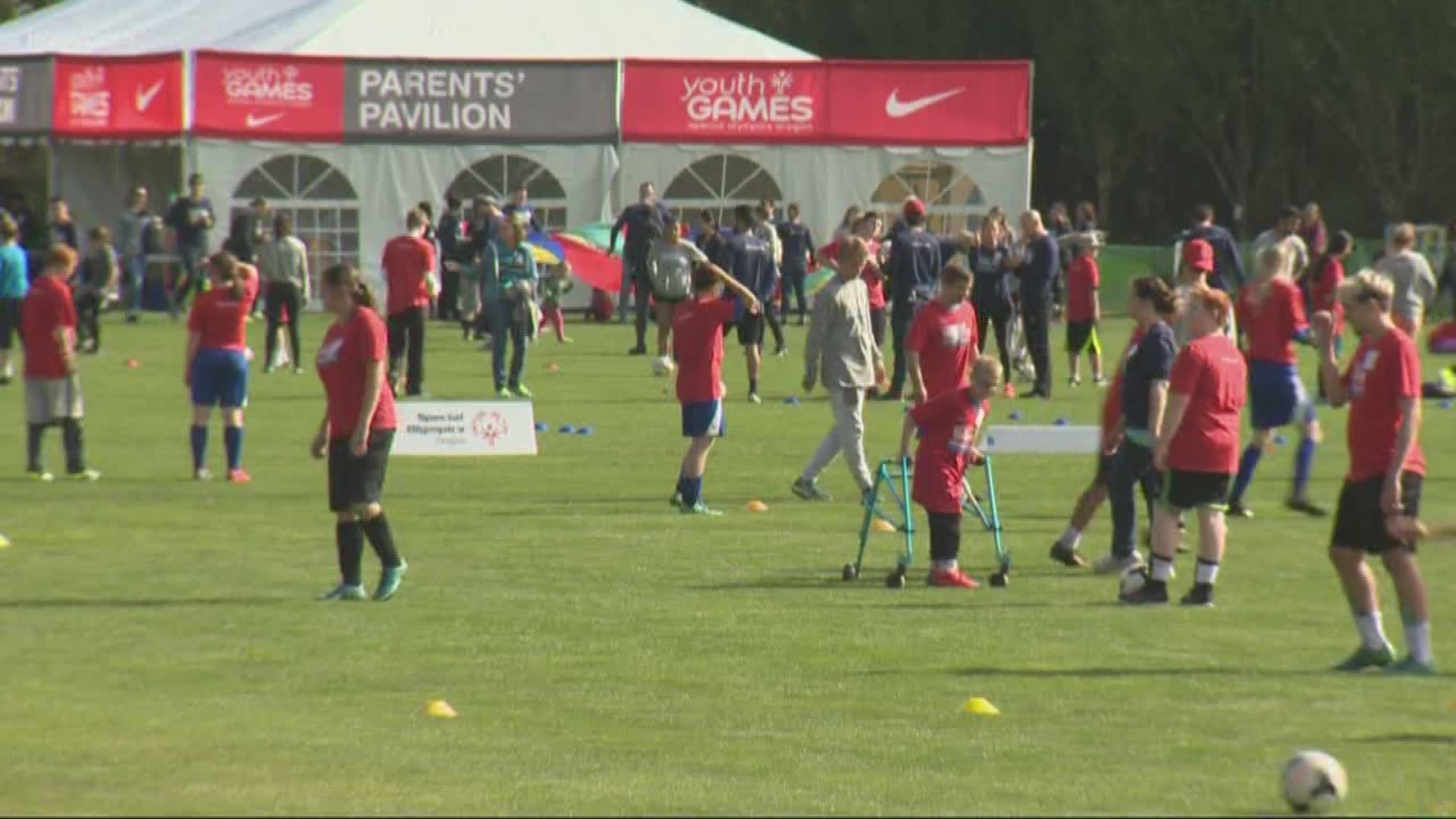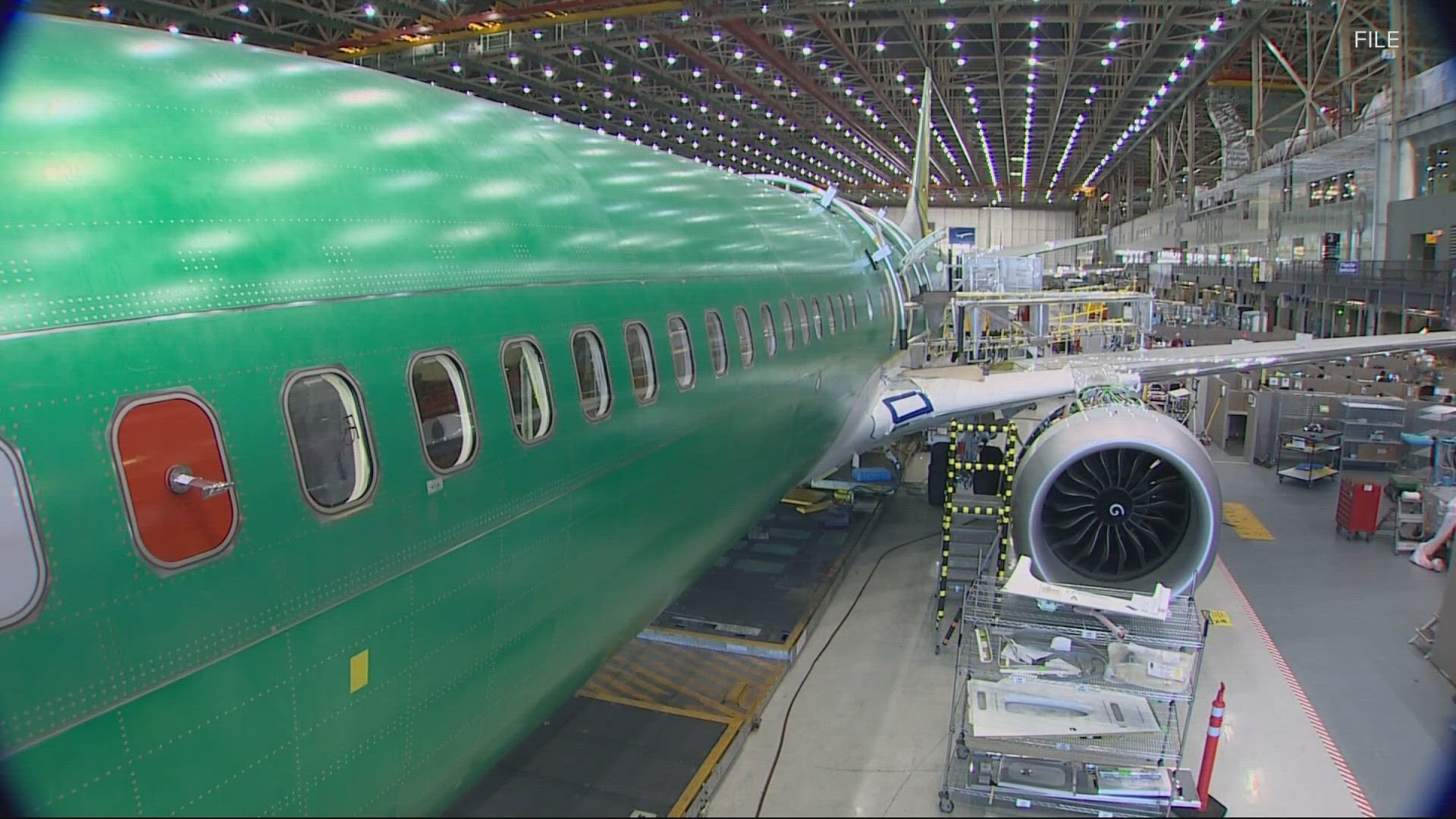Originally published Oct. 26, 2017
Nike Inc. CEO Mark Parker on Wednesday announced a massive shakeup in the footwear giant's retail business, saying the company will focus its efforts on just 40 key retail partners.
The company's current retail network encompasses 30,000 retailers with 110,000 points of distribution. Nike officials said the company won't necessarily remove Nike products from those other retailers, but over the next several years will focus its resources, marketing efforts and exclusive product offerings on 40 key partners, including Foot Locker Inc. (NYSE: FL) and Nordstrom Inc. (NYSE: JWN). The company did not release the full roster of the 40 select retail partners.
The change comes as Nike (NYSE: NKE) prioritizes direct-to-consumer sales through its website, apps and Nike-branded retail stores, as well as the 40 select retail partners. Those partners will be those who are willing to create a unique, branded Nike space within the store and have specific Nike-trained employees to assist with sales.
“Where others see disruption to old models, we see opportunities for new growth,” Parker said during a presentation at the company's annual Investor Day event at the company's world headquarters in Washington County. “Whether that’s redefining our approach to the retail landscape or accelerating our international momentum, we’ve mobilized our priorities and we’re driving growth in new ways.”
Addressing more than 100 analysts and investors at Investor Day, Parker said over the next five years the company expects high single-digit revenue growth with earnings-per-share growth in the mid-teens. Despite those modest growth goals, Parker told CNBC that the company remains on track to reach its goal of $50 billion in sales, a target set at Nike's 2015 Investor Day, but not until 2022.
Parker also said that 50 percent of the growth will come from footwear innovations like FlyKnit and VaporMax, while digital revenue will grow from 15 percent to more than 30 percent of the company's sales. Another three-quarters of growth will come from sales outside the U.S.
Nike has recast its future around what it calls its “Triple Double Strategy,” which focuses largely on boosting the speed of product creation, manufacturing and delivery across all areas of the business, from product to mobile customer experience.
At the core of that strategy is Nike's renewed focus on direct-to-consumer retail — in which it sells directly to its customers either online or in its own brick-and-mortar stores.
Referred to by Nike as its "consumer direct offense," the strategy leans heavily on converting Nike customers to "members" who have created accounts at Nike.com or on one of its apps. Already, Nike has more than 100 million members, who spend around three times more than guest customers on Nike.com. Heidi O'Neill, president of Nike's direct-to-consumer business, said the plan is to triple membership over the next five years.
“More than a third of (Nike product) offerings will be distinct to Nike.com and exclusive to members,” over the next five years, O’Neill said.
Elsewhere on the disruption front, Nike plans to put 25 percent fewer styles to market starting in January. This move, called “edit to amplify,” will allow the company to focus more on its most popular and successful styles, as well as speed-up production.
“We’re editing to amplify on the power products that consumers love,” said Michael Spillane, president of categories and product. “Editing out the noise amplifies our greatest strengths.”
These “great strengths” apparently include the Jordan brand, NikeAir and the VaporMax technology.
And through the company’s partnership with Flex, a $26 billion manufacturing company, Nike is bringing manufacturing closer to the crucial North American market. In doing so, the company hopes to soon take products from design to the retail shelf within six months — the industry average is around 18 months — with same-day service in select cities.
Investors and analysts Wednesday were hoping to regain confidence in the company that has struggled recently in the face of a challenged retail environment in the U.S. and increased competition from Adidas, all of which have contributed to declining sales growth and a stagnant share price.
At least initially, Nike’s efforts worked: the company’s stock price was up 1.5 percent to $54.93 per share midway through the day.
Correction/Clarification
An earlier version of this story said Nike would shrink the number of retailers it works with from 30,000 to only 40. Nike clarified that it won't be pulling products from thousands of retailers, but will only focus investment and resources on 40 of them.
The Portland Business Journal is a KGW News partner.




